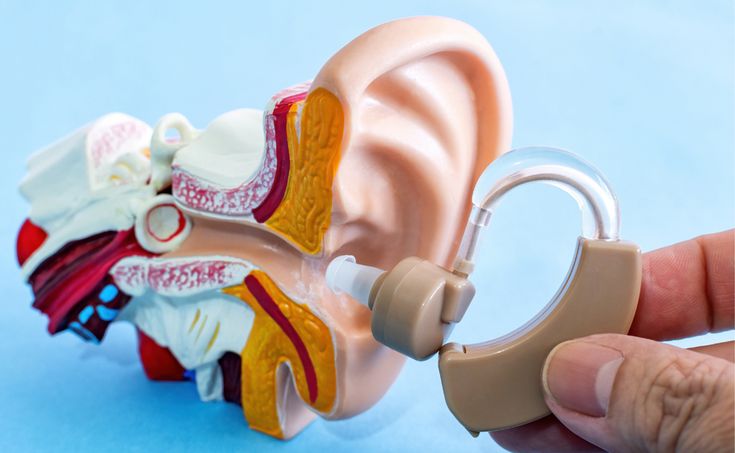“Hearing is not just about sound — it’s about connection, memory, and belonging.”
Centuries ago, in the quiet halls of Europe, people who struggled to hear were handed simple tools: ear trumpets.
They weren’t glamorous, just funnels of brass or wood — but they carried hope. Imagine someone in the 1600s, holding one to their ear for the first time, hearing the laughter of a loved one a little clearer.
That moment must have felt like magic.
By the 18th century, craftsmen were designing these devices with care. In London, Frederick C. Rein turned invention into business, building the first company to produce ear trumpets.
He even created an acoustic chair for King John VI of Portugal, carved with lion heads that funneled voices straight to the monarch’s ears. For the first time in history, hearing wasn’t a privilege it was becoming accessible.
Then came America’s spark. In 1898, a young inventor named Miller Reese Hutchison looked at the new world of telephones and thought: “Why not use this technology to help people hear again?” With that thought, he gave birth to the Akouphone, the world’s first portable electric hearing aid. Just four years later, he refined it into the Acousticon, small enough to carry, powerful enough to change lives.
Newspapers called it a miracle of science.
Think about it: from funnels of metal in Europe to electric sparks in America, every step of this journey was driven by the same human desire to reconnect with the voices, songs, and whispers that make life beautiful.
Today, when you hold a hearing aid, you’re not just holding a piece of tech. You’re holding centuries of human ingenuity, of inventors who refused to accept silence, of people who wanted the world to sound alive again.
